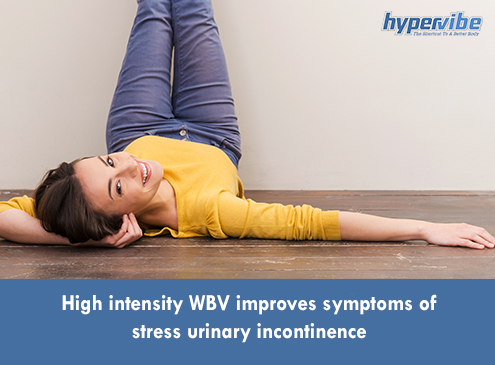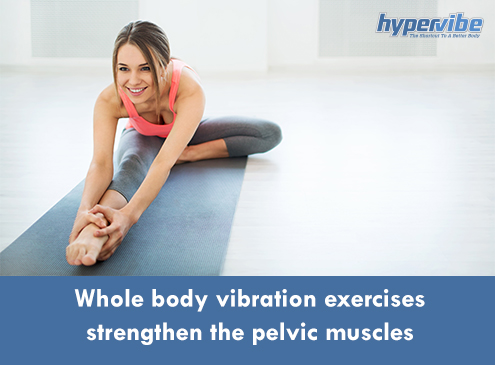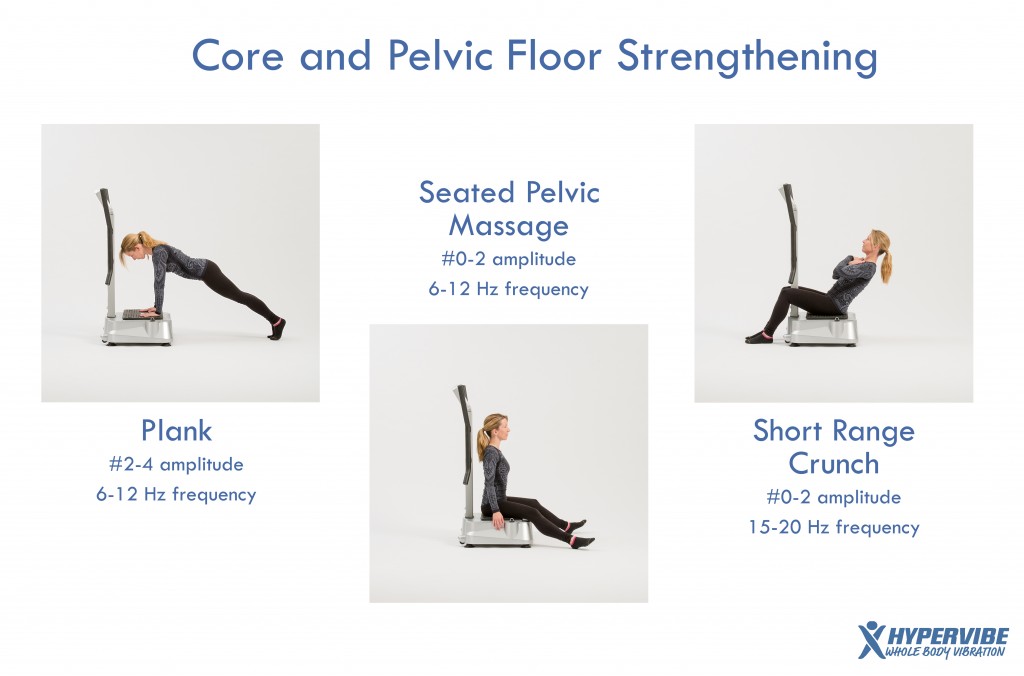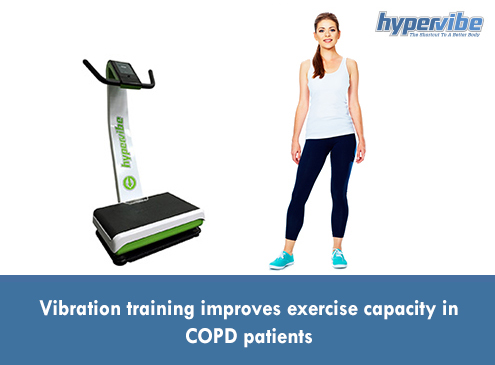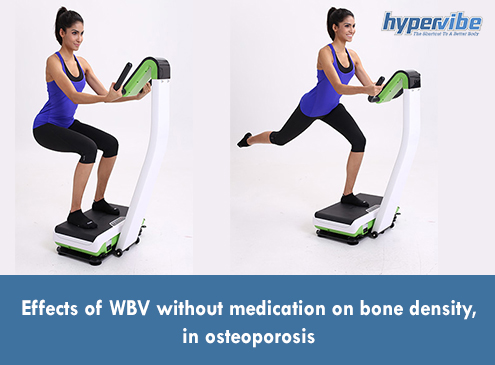High intensity WBV improves symptoms of stress urinary incontinence
In a previous article we showed that exercising on a vibration machine is helpful in strengthening the pelvic floor muscles and reducing urinary incontinence. We’ll continue with this topic and discuss a new study that supports the use of vibrating platforms in people dealing with this issue.
This study was conducted by Austrian scientists and published in the Wiener Medizinische Wochenschrift journal. Titled “Whole body vibration therapy on a treatment bed as additional means to treat postprostatectomy urinary incontinence”, the research paper presents the effects of WBV therapy in a prostatectomy patient who saw no improvements from regular pelvic floor exercise and was then recommended supervised WBV exercises.
This patient underwent an innovative form of WBV therapy on a treatment bed, being exposed to pelvic floor training and high intensity whole body vibration. During the intervention, the patient performed active and passive exercises for the pelvic muscles, while in a lying position on the treatment bed. The treatment lasted for 6 weeks, all exercises being done under professional guidance. The patient regained continence, and his ability to work and to attend social activities improved.
Iranian researchers obtained similar results after investigating the effects of whole body vibration in women with stress urinary incontinence. They wanted to see whether vibration training can strengthen the muscles and help relieve the symptoms of stress urinary incontinence, while improving the quality of life. The participants received vibration interventions for 4 weeks, results showing an improve muscle strength and a reduced severity of incontinence.
Scientists from Germany also showed that practicing whole body vibration exercises at home can strengthen the pelvic floor muscles and reduce the side effects of prostatectomy and cystectomy. They compared the effects of WBV to those obtained through standard rehabilitation therapy for the pelvic floor muscles, over a period of 3-4 weeks, showing that vibration treatment can improve urine loss and increase the voided volume.
Finally, researchers from Poland showed that in young women, exercises done on a vibration machine can help treat stress urinary incontinence, without causing muscle fatigue. Their study involved 36 women, randomly allocated to 3 comparative groups; the control group received no vibration stimuli, while the other 2 groups performed synchronous WBV at different frequencies and amplitudes. Results showed that high intensity vibration training (40 Hz, 4 mm) of long duration (60-90 s) can significantly enhance the activation of pelvic floor muscles, improving continence.
Stress urinary incontinence is a common problem in both young and senior individuals, and happens when physical activity such as heavy lifting, running, sneezing or coughing puts too much pressure (stress) on the bladder. It is not linked to psychological stress and it isn’t the result of aging.
If you have stress incontinence, you may leak urine when you laugh, sneeze or cough, when you lift something heavy or do other forms of exercise that put stress on the bladder, when you have sex, stand up or get out of the car. This form of incontinence is different that urge incontinence which appears due to contractions of the bladder muscles. Stress incontinence doesn’t manifest through a sense of urgency, and is more common in women.
If you are experiencing such symptoms and want to try whole body vibration to improve your bladder control, please feel free to get in touch and we’ll guide you to the closest health center using the Hypervibe whole body vibration machines. And if you have questions, don’t hesitate to post them below!
